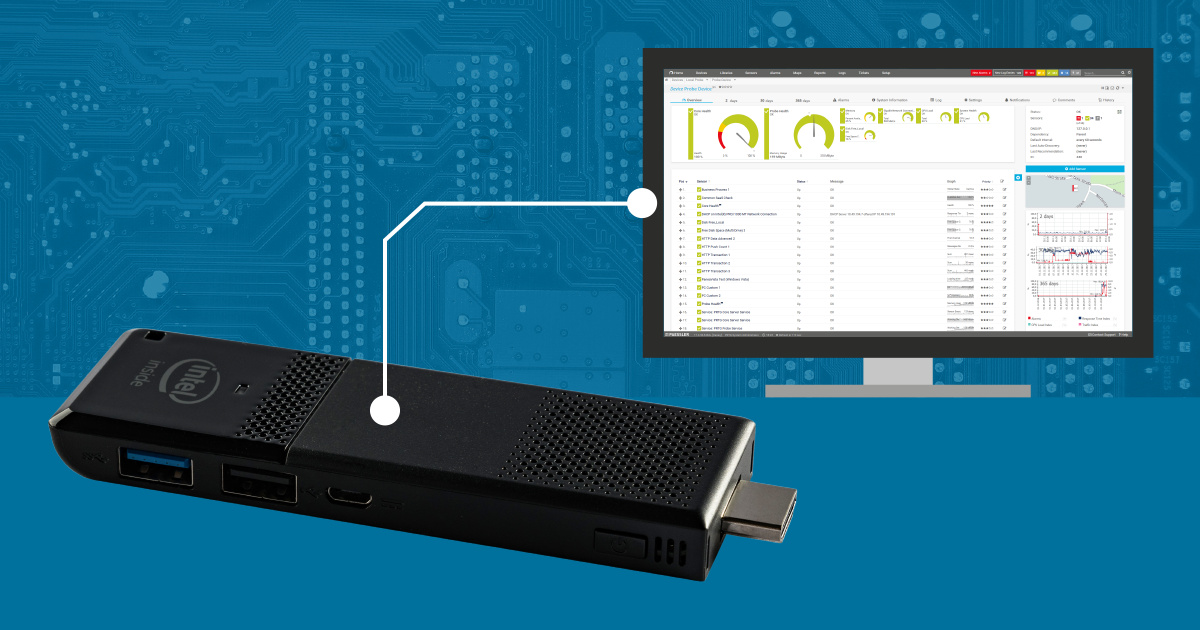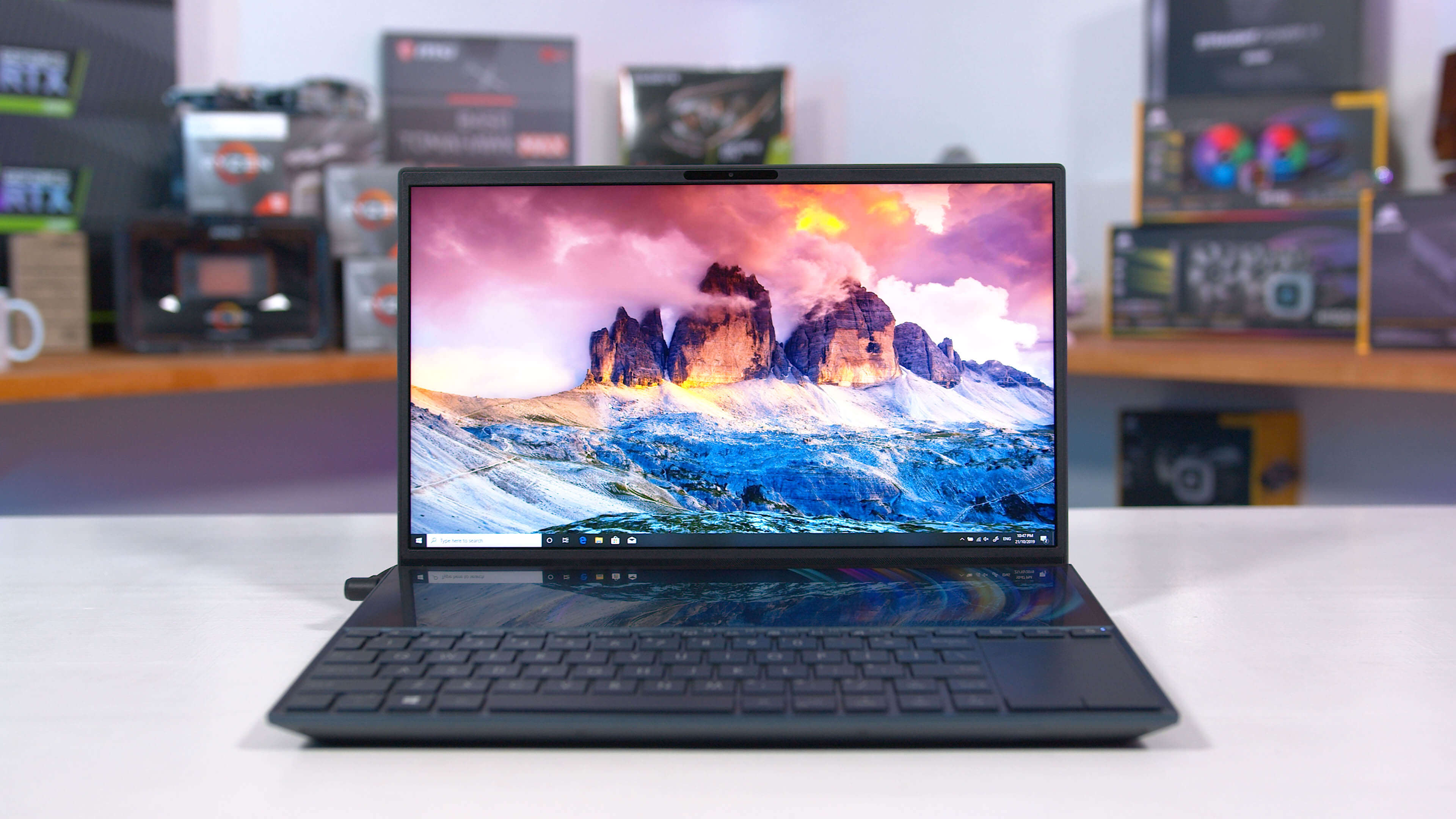
CRYSTAL: Operating System Instrumentation for the Intel iPSC/2. International Journal of Hi#h Speed Computing, 1990. Experiences with Hypercube Operating System Instrumentation. 923, University of Illinois at Urbana- Champaign, Center for Supercomputing Research and Development, October 1989. Performance Measurement Intrusion and Perturbation Analysis.

In Proceedings of the Fourth Conference on Hypercube Concurrent Computers and Applications, pages 229-236, Monterey, CA, March 1989. An Integrated Performance Data Collection Analysis, and Visualization System. Time, Clocks, and the Ordering of Events in a Distributed System. Scientific American, pages 120-123, October 1970. In Proceedings oJ the Third Conference on Hypercube Concurrent Computers and Applications, Volume I, pages 43-50, Pasadena, C,A, January 1988. In Proceedings of the International Conference on Computer Design, pages 4-7, Rye Brook, NY, October 1988. A Parallel Simulated Annealing Algorithm for Channel Routing on a Hypercube Multiprocessor. In Proceedings of the Third Conference on Hypercube Concurrent Computer8 and Applications, Volume I, pages 38-42, Pasadena, CA, January 1988. iPSC/2 System: A Second Generation Hypercube. Based on these results, we suggest design modifications that should permit capture of event traces from the coming generation of high-performance distributed memory parallel systems. Using an instrumented version of the iPSC/2 operating system and several application programs, we present a performance analysis of an operational HYPERMON prototype and assess the limitations of the current design.
#Hardware monitor intel software#
HYPERMON represents a compromise between fully-passive hardware monitoring and software event tracing software generated events are extracted from each node, timestamped, and externally recorded by HYPERMON. This paper describes the design of HYPERMON, a hardware system to capture and record software performance traces generated on the Intel iPSC/2 hypercube.


Although software recording of performance data suffices for low frequency events, capture of detailed, high-frequency performance data ultimately requires hardware support if the performance instrumentation is to remain efficient and unobtrusive. A complete characterization of software and hardware dynamics, needed to understand the performance of high-performance parallel systems, requires execution time performance instrumentation. The complexity of parallel computer systems makes a priori performance prediction difficult and experimental performance analysis crucial.


 0 kommentar(er)
0 kommentar(er)
